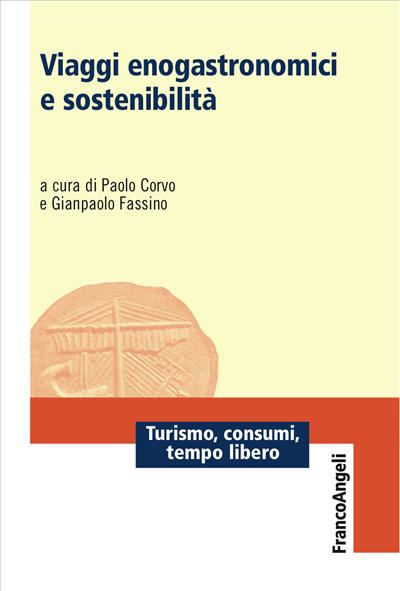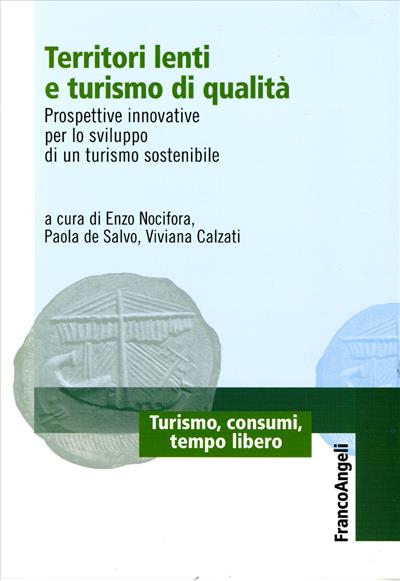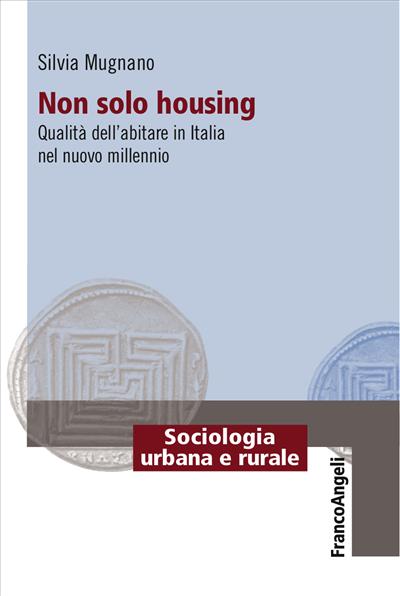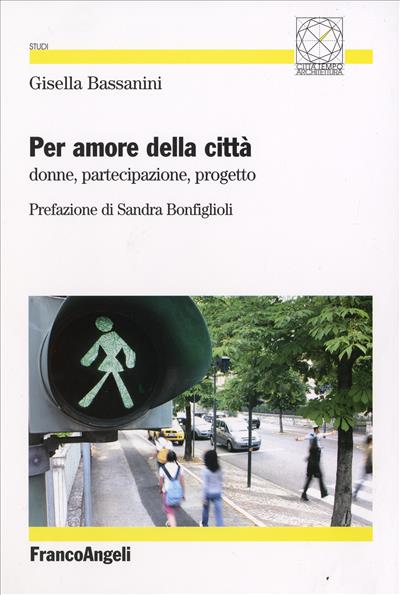
Sprawling cities in Germany
Edizione a stampa
18,50
Edizione a stampa
18,50
Pagine: 112
ISBN: 9788846433732
Edizione: 1a edizione 2002
Codice editore: 1561.58
Disponibilità: Limitata




